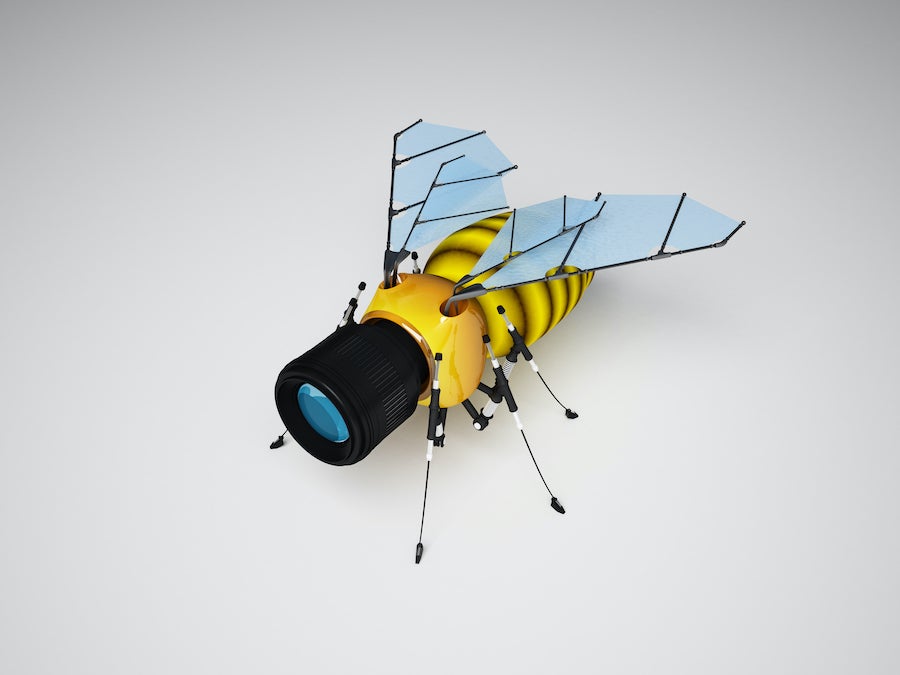 Hive, which supplies AI-based contextual and measurement technology to media and ad tech companies, said Wednesday it raised $85 million in funding, valuing the company at over $2 billion. The company has raised $121 million in total.
Hive, which supplies AI-based contextual and measurement technology to media and ad tech companies, said Wednesday it raised $85 million in funding, valuing the company at over $2 billion. The company has raised $121 million in total.
Hive has raised a lot in the past year. It closed a $50 million Series D round earlier this year in addition to an unpublicized $35 million Series C in 2020.
Hive’s AI technology is used by more than 100 enterprises, including media brands like Comscore and NBCUniversal, agencies like IPG and marketers like Anheuser-Busch and Walmart. In the past year, both Hive’s revenue and its customer base grew 300%.
Hive’s core product is designed to make branded content and sponsorships measurable by automatically identifying logos and brand mentions on TV.
“With sponsorships and branded content, there is no currency,” said Hive president of enterprise AI Dan Calpin. “As more media consumption has gone to Netflix and Hulu, it’s putting more focus on getting brands exposed within content.”
The tech is also being applied to contextual advertising, which Hive sees as a growth area as audience targeting comes under pressure.
“Brands can get more relevant placements, and publishers and platforms can get more monetization and allocate their inventory more efficiently” with Hive’s contextual AI, Calpin said.
For example, an airline might want to air its 15-second or 30-second spot after a scene in a TV show that features a vacation, Calpin said.
Hive’s AI classifies content using the IAB’s taxonomy. Media and tech companies can connect to Hive’s API to use its contextual segments.
While many legacy contextual companies excel at analyzing written text, Calpin said, fewer have invested in images and video – where Hive focuses. Some of those other contextual companies are working with Hive to add image recognition to their toolset.
“Especially with the urgency in the market to solve for a cookieless world, building this new type of visual solution within each company is not the fastest or more efficient way to go to market,” Calpin said.
Hive, which has 175 employees, plans to use its new funds to add 100 more, mostly in sales and marketing, though it will hire tech staffers as well.
Hive was initially founded as a consumer app, but pivoted as content moderation took a disproportionate amount of the founders’ energy. After helping others moderate content, it branched out into other applications – like identifying logos and context for brands and media companies.
AI is only as good as the data it uses to build models, and Hive holds an “unfair advantage because it creates models with a tremendous amount of training,” Calpin said. The company created an app to distribute micropayments to 2 million people who have labeled more than 1 billion pieces of content. That data serves as the basis for its models.
The use of AI often raises issues of ethics and bias. Hive said it sidesteps those issues by working on use cases in media and attribution, and by avoiding AI contracts with governments or using facial recognition.
However, as 2020’s dramatic news year showed, brands’ use of contextual-based blocklists harmed news publications’ ability to monetize their content, even when it covered topics that advanced public health, democracy and social justice. Creating accurate, highly granular metadata is one way to avoid creating harm through blocklists, Calpin said: “For us, the responsibility is to be the most accurate and the most surgical metadata.”















